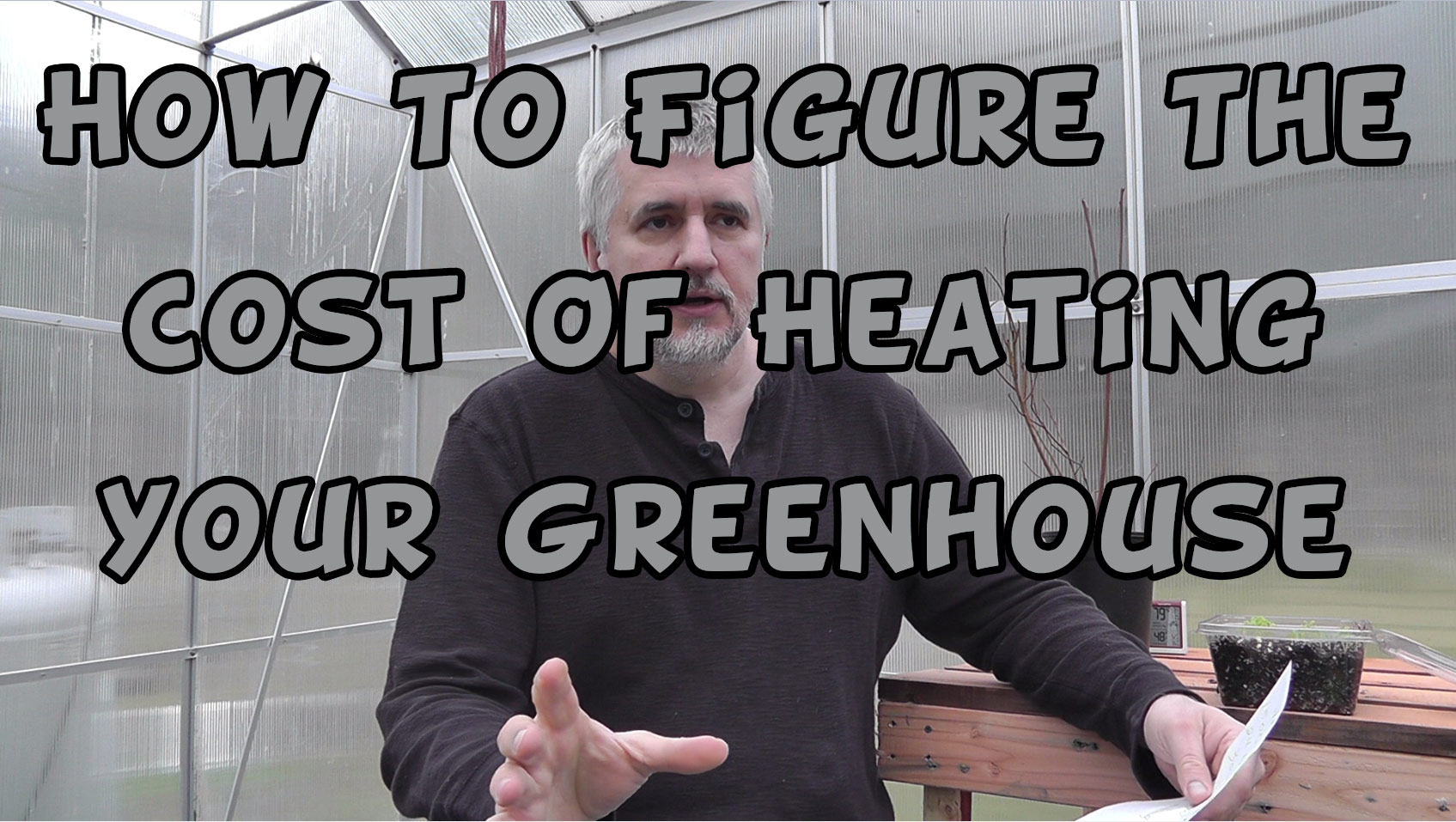|
Plant
|
Problem
|
Possible Cause
|
| All Plants |
Seedling Dying |
soil disease, temperature, bug damage, no air circulation, irregular watering |
| All Plants |
Slow Seedling Growth |
compacted soil, no aeration, root bound, too low temps, soil disease, bad nutrients in soil |
| Broccoli |
Bolting |
temps too hot, temps too extreme in either direction varying days (hot then cold, etc), root bound, too much nitrogen, any kind of stress, end of life cycle |
| Broccoli |
Holes in Leaves |
bug damage (possibly cabbage butterfly larva or slugs) |
| Cabbage |
Holes in Leaves |
bug damage (possibly cabbage butterfly larva or slugs), |
| Carrot |
Tops Disappear |
slugs, birds, or bugs bunny (rabbit) |
| Carrot |
Tops Falling Over |
stepped on by humans or animals, storm damage, voles, weevils. heat, insufficient water |
| Kale |
Holes in Leaves |
bug damage (possibly cabbage butterfly larva or slugs), |
| Pepper |
Blossom (flower) Drop |
too cool temp (especially with hot peppers), too much nitrogen, low moisture, lack of pollination, uneven watering |
|
Not flowering |
Lack of pollination, Temps below 50 or over 80 at night. Daytime temps below 60 deg f. |
|
Curled or wrinkled Leaves |
Pests (aphids, thrips, whiteflies, mites), Environmental stress, Virus, Root bound |
| Tomato |
Blossom (flower) Drop |
too much nitrogen, too warm or too cold nights, high temps during day, lack of pollination, high humidity (pollen too sticky to fall), low humidity (pollen to dry to stick to female part of plant) |
|
White Spots (not on fruit) |
Powdery mildew, leaf miners, septoria leaf spots |
|
White Spots On Fruit |
white flies, grubs, stinkbug damage (fruit damage has starburst pattern), sun scald, bacterial canker |
|
Yellowing Leaves |
early blight, late blight, bug damage, nutrient deficiency, end of season, fungus or bacteria, irregular watering |
|
Lower leaves dying |
fungal infection like Fusarium wilt, early blight, late blight or Septoria leaf spot |
|
|
|
|
|
|
|
|
|
|
|
|
|
|
|
|
|
|
|
|
|
|
|
|
|
|
|
|
|
|


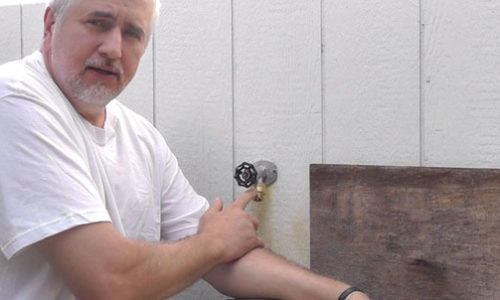
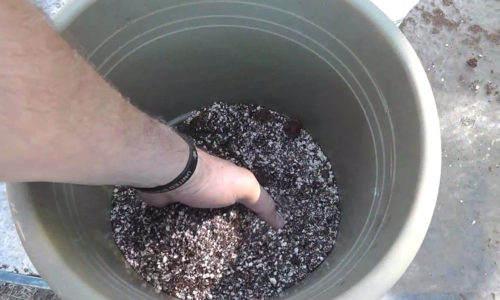

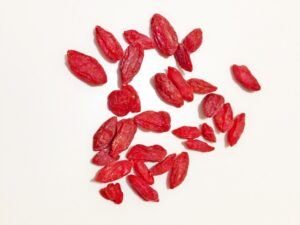

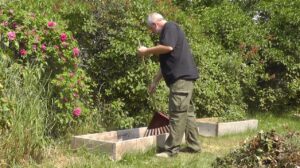 ks by layering (hence the term lasagna) your browns and green, alternating each layer until you have a stack that’s way above the top of the bed.
ks by layering (hence the term lasagna) your browns and green, alternating each layer until you have a stack that’s way above the top of the bed.

